I found two pictures of the one I had made.


It had a locking set screw to hold in the hardened steel bushings. I had the set screw and two bars for adjustment in a little bit different place.
If you look closely you will see another whole, but not all the way thru. I could either keep the other canted bushings in the whole or, take it back and have it drilled out all the way to have the higher up axle wholes. the axle whole height was the same as the derby worx pro body jig.
I sold it, But I liked it, but I did find issue with it. I would dull the drill bits, why ? well drilling canted, even with a hardened steel bushing, but I was drilling with a drill press. I dried a hand drill and that was worse,
Just because you have a bushing, guide. Does not mean the drill bit wont bend or wander once past the bushing or guide. once into the wood. the drill bit cans till flex and bend. now drilling strait, I did not have issue. But drilling canted, was harder to do with bushings with a drill press or even harder with a cordless drill.
Main reason, I still feel, you have to cant the whole piece of wood and let the drill bit, drill strait.
the problem with this tool- The silver bullet, It does a great job at angle, better then my smaller angle adjustment tool, because of the size. and drifferent size rods, can do different cants. its nice in all those things.
The main problem, why I don't use it. Is because its one issue over the other.
I still got wondering drill bit and not true axle whole drilling.
When I first start to drill at a cant, that drill bit is hard to line up. it wants to flex a little, move a little. that very first instance of touch to the wood, is so important.
That's why its so hard for kids to do drilling cant well. its not easy ! And you need a really good drill press, don't have much run out or wobble.
Its not a fault of the tool. Its the correlation ship between a few tools needed to do two things very well, working together.
I always get hammered for this, But Im just being so honest and, so many in private, agree.
its a nice tool, its just still needs another piece of the puzzle, if you want great canted axle wholes drilled.
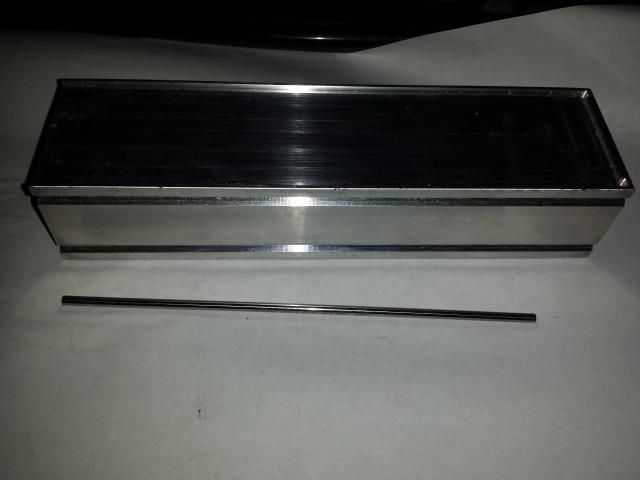
And So I worked on tinkering, to find what was really the best for me, with a average cheap $60 drill press. And I found two things that worked great for me.
One, why couldn't I just used the pinewood derby block of wood and a drill rod with different sizes and tape the drill rod onto the block of wood and use that to cant.
well bingo, so Im like, I don't need the other tool. sure still need to make sure you got a true piece of bsa wood.
But I still have the same issue, drilling canted.
and the pro body jig, well. it worked easy for me, to use to drill start wholes into the wood. 1/16th deep. sometimes by accident a little more.
and bingo, no drill bit slipping and my accuracy for drilling cant, went to being pretty darn good.
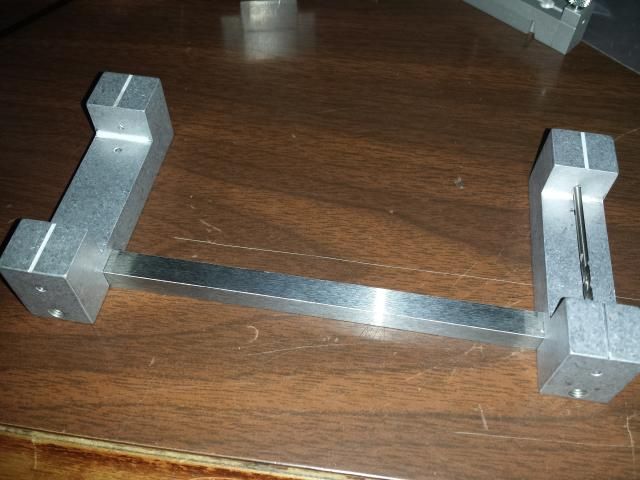
And I kept trying to think, could I find something else to work better and that I could do without and still get good results.
And I found I could do without the silver bullet and just use a drill rod and some tape and use my wood. to do the cant. $3 for drill rod.
But I could not find anything that would give me good starter whole. I have come to totally rely on and use the pro body jig for the starter wholes.

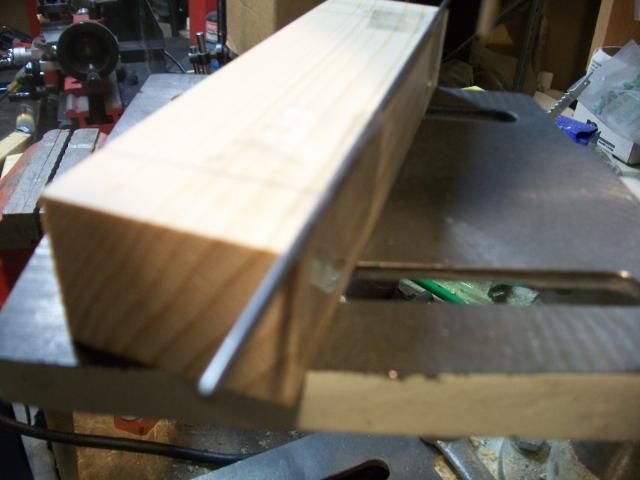
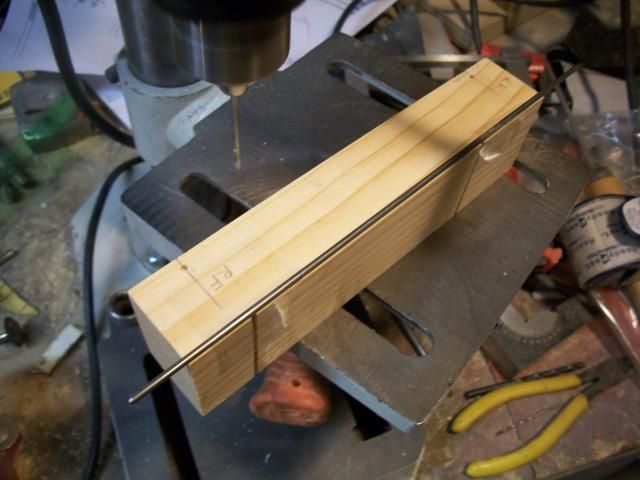
starter whole. used the pro body jig.
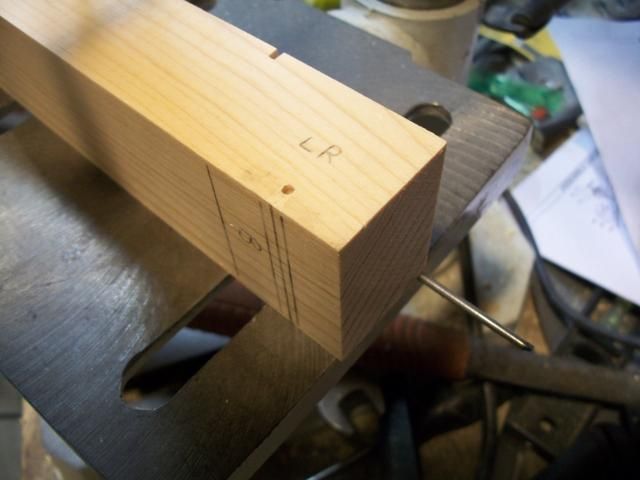
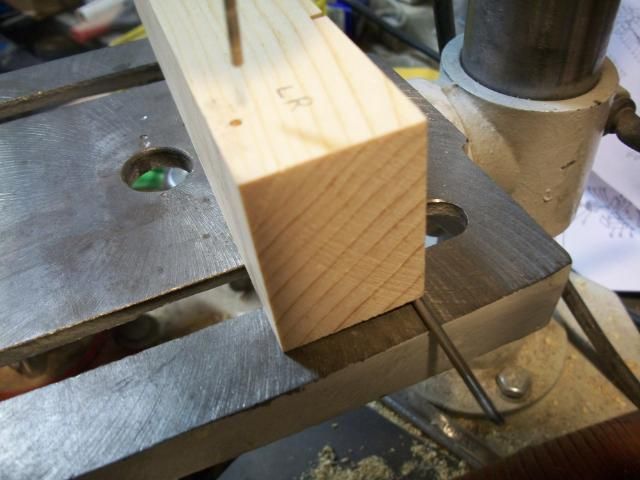
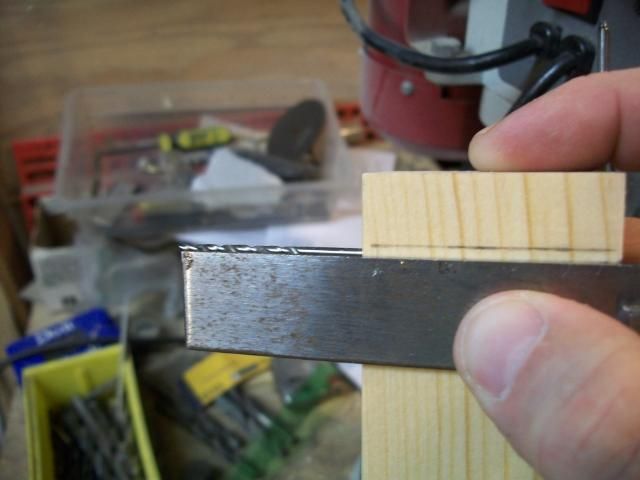
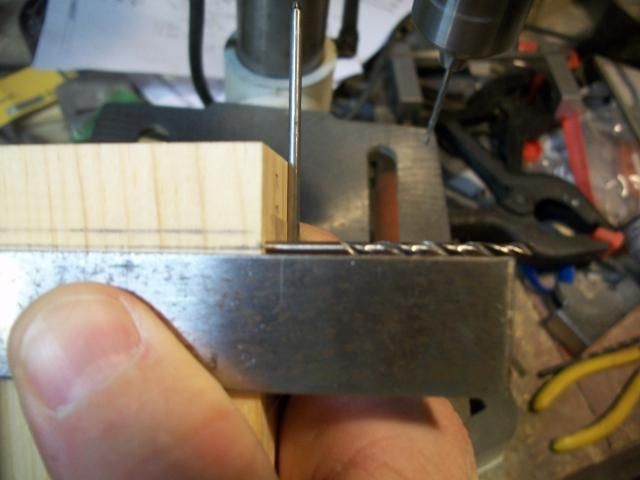
And I drill my right front opposite cant, starter whole.
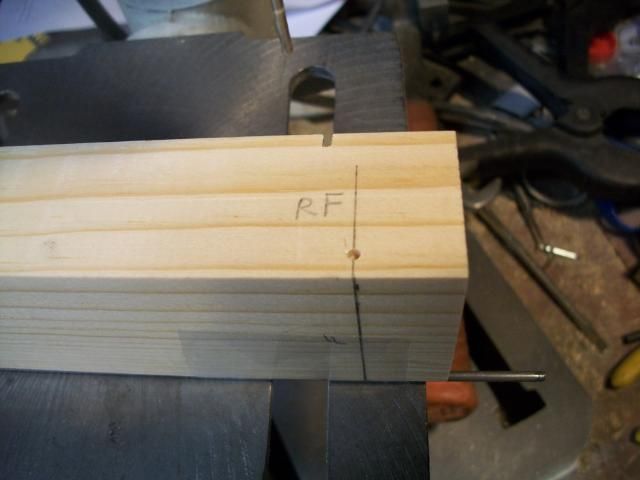
I still used a lighter canted axle for adjustment for drift.
right front cant
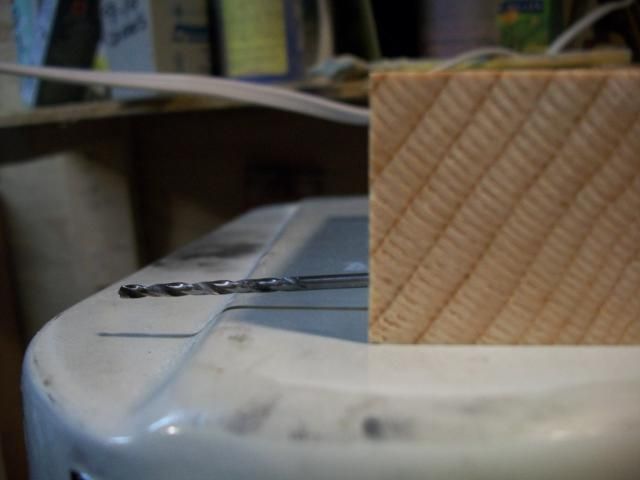
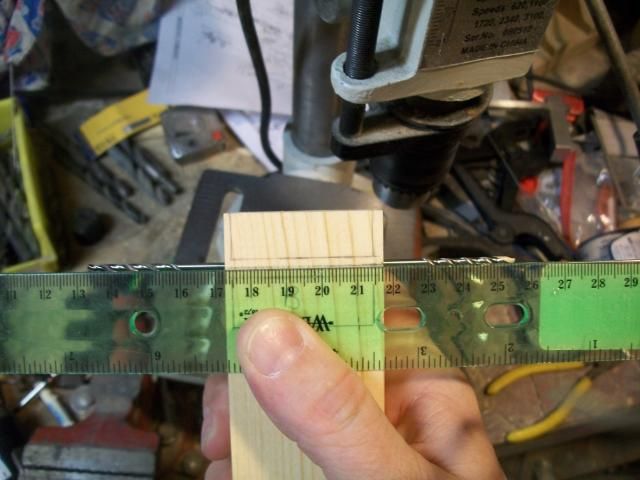
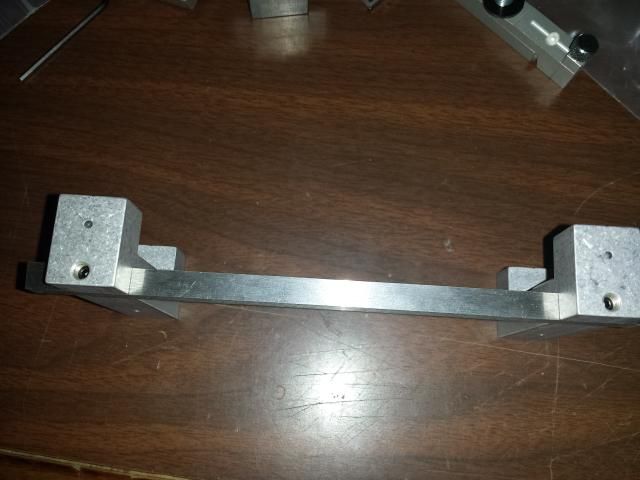
it's just the one tool, I cant go without. I know we all have are views and different tools that work for each of us. I wanted to bad the $60 plus silver bullet to work for me, I really did. But in the end for me, I could do the same thing with a drill rod, some tape and the wood.
But I couldn't find any thing else out there, that would give me a good accurate starter whole and be adjustable or do strait drilling for non canted axle wholes.
I mean you see me other tool I had made to try and do both. I mean I put allot of time into trying things and trying to do better.
If I had a proxxon drill press, then maybe the story would be different. But I don't and cant afford one.
From a person who wanted to build good cars, teach his kids how to do it, and what was the easy and best way I could find, esp when helping or running pinewood derby work shops. and how much of it can I have the kids do !
The only thing we don't let the kids do, is use the saws to cut the wood.
Sporty
















